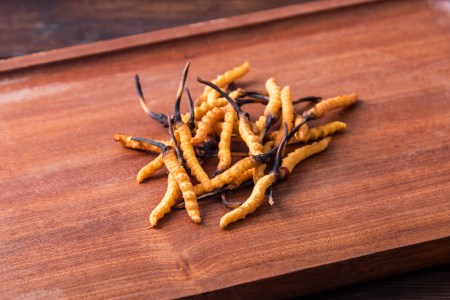Ophiocordyceps, the fungus from HBO’s The Last of Us, is real, although it cannot infect humans. The bacteria Vibrio vulnificus, on the other hand, can infect humans…by eating their flesh. And it’s on the move.
No, this isn’t a season two spoiler.
Per a new report from Forbes, Vibrio — capable of inciting necrotizing fasciitis (a flesh-eating disease) — is not only alive and well in the real world, it is also apparently headed straight for New York. That’s because it’s a bacteria of the ocean-dwelling variety with a penchant for warm weather and, thanks to climate change, the northeast will fit the bill sooner rather than later.
The good news? Infections are rare. The bad news? They’re extremely deadly. And while they’ve been on the rise for the better part of the last 30 years, if the bacteria’s expansion to the north reaches New York’s waterways in the next two decades the way researchers are predicting, the number of infections will double. In fact, there’s already evidence of Vibrio in Philadelphia.
It’s Possible You’ve Taken the Deadly Fungus From “The Last of Us”
Cordyceps is a mainstay in Gwyneth Paltrow’s breakfast smoothieFurther, not only do experts say the bacteria can’t be controlled, there are also no real resources in place to help people avoid it, and thus avoid infection (remind you of anything?).
“Using less optimistic climate models where carbon emissions are not kept low, the researchers said infections could rise as high as 140 and 200 cases everyhttps://insidehook-com-develop.go-vip.net/daily_brief/science/willow-oil-ipcc-report-climate-change year by the end of the century and have spread to every East Coast state,” Robert Hart wrote.
That said, we’ve got plenty of other things to worry about in the short term where climate change is involved. Earlier this week, The New York Times reported that Earth is trending to cross a critical threshold for global warming within the next decade, per the latest IPCC report, and without immediate action the planet could overheat to dangerous levels. Not only that, natural phenomena made worse by climate change — storms, heat waves, cold fronts, flooding and wildfires chief among them — are detrimental to humans in and of themselves. But as Hart posited, they can also “help foster the spread of disease.”
As crazy as it sounds, a flesh-eating bacteria in New York may be the least of our worries 20 years from now.
For more travel news, tips and inspo, sign up for InsideHook's weekly travel newsletter, The Journey.



















